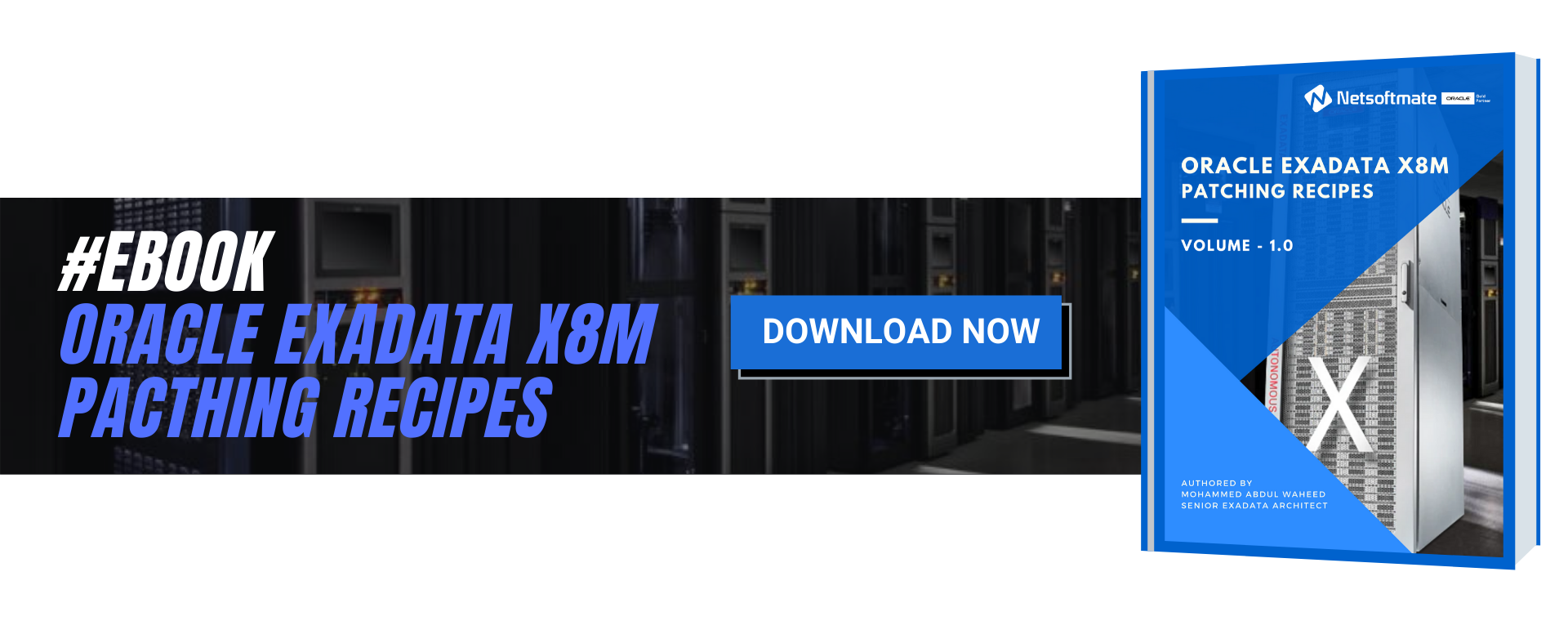Database Management Services, Oracle Database Appliance - ODA, Oracle Database Management Solution, Oracle Databases, Remote Database Management, Technology Consulting Services
In September 2019, Oracle announced Oracle Database Appliance X8-2 (Small, Medium and HA). ODA X8-2 comes with more computing resources compared with X7-2 Models.Let’s take a quick look at few benefits of ODA followed by the technical specification on ODA X8-2 Small/Medium and HA.
Oracle Database Appliance is an Engineered System. Software, server, storage, and networking, all co-engineered and optimized to run Oracle Database and applications.
Benefits of Oracle Database Appliance (ODA):
- Software, server, storage, and networking engineered and optimized to run Oracle Database and applications.
- Supports Oracle Database Standard Edition, Standard Edition One, Standard Edition 2, and Enterprise Edition.
- Optimized for Cloud
- Capacity on Demand Licensing – Reduced Cost
- Ease of deployment, patching, management, and support
- Increased performance and reliability with NVMe flash storage
- Reliable hardware architecture with redundant power, cooling, networking, and storage
- Browser User Interface (BUI)
Oracle Database Appliance X8-2 HA Benefits & Technical specification
- Support mission-critical applications and consolidation of many databases
- Built for high availability
- Choice of high-performance flash or high-capacity drives
- 32 cores per server (64 cores in total for 2 servers)
- 384 GB physical memory per server expandable upto 768 (1.5 TB memory in total for 2 servers)
- Storage Shelf
- High Capacity: 46 TB SSD and 252 TB SDD raw capacity per shelf
- High Performance: 184 TB SSD raw capacity per shelf
- Choice of 10GBase-T or 10/25 GbE SFP28 public networking
- 25GbE interconnect for cluster communication
For more information on the technical specification loot at the ODA X8-2 HA Data Sheet at:
https://www.oracle.com/technetwork/database/database-appliance/oda-x8-2-ha-datasheet-5730739.pdf
Oracle Database Appliance X8-2 Small Technical specification
- One server
- 1 Intel Xeon processor, 16 Cores
- 192GB Physical memory expandable upto 384GB
- Choice of 10GBase-T or 10/25 GbE SFP28 public networking
- 12.8TB NVMe raw storage
Oracle Database Appliance X8-2 Medium Technical specification
- One server
- 2 Intel Xeon processor, 32 Cores
- 384 GB Physical memory expandable upto 768GB
- Choice of 10GBase-T or 10/25 GbE SFP28 public networking
- 12.8 TB NVMe raw storage capacity with optional expansion to 76.8 TB NVMe raw storage
For more information on the technical specification loot at the ODA X8-2 S/M Data Sheet at:
https://www.oracle.com/technetwork/database/database-appliance/oda-x8-2sm-datasheet-5730738.pdf
Conclusion
In this article we seen the benefits and the technical specification of latest Oracle Database Appliance X8 model family. ODA is the right choice for all type of Businesses as an on-premises solution and cloud ready option.
Are you and your team considering setting up Oracle Database Appliance? Let Netsoftmate help you choose the right product keeping under consideration your budget, requirement and usage forecasting. Click on the image below to sign-up NOW!

0





































